Hi all,
I have this one in my stack and will start it when the De Ruyter is finished (as things stand at the moment).
So I thought it best to introduce it to you all.
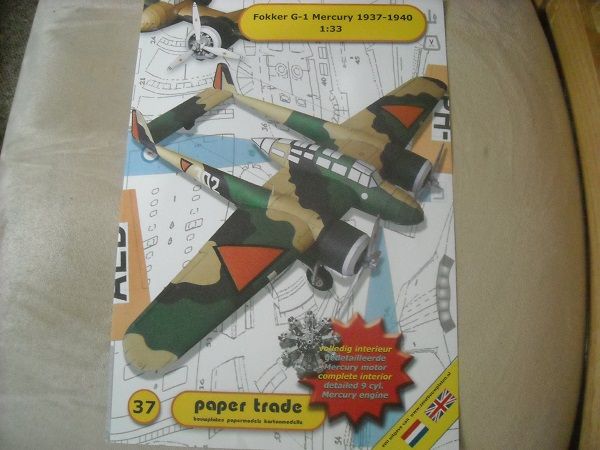
The Fokker G.1 was a twin-engined heavy fighter/ground attacker/bomber destroyer which was designed in 1936 and shown at the Paris airshow in 1936, even though the prototype first flew only in 1937.
But the show created a lot of interest and set some people thinking, one of them being Clarence Johnson, one of the designers of the P-38 Lightning who credited the Dutch fighter as a source of his inspiration. Another one was Kurt Tank from Focke-Wulf.
Two orders were originally placed for this aircraft, one batch of 36 with Bristol Mercury VIII engines (G.1a) and another batch of 26 for Spain, but this time with Pratt & Whitney SB4-G Twin Wasp Junior engines (G.1b). The 'requirement' to use the Bristol engine was introduced by the Dutch authorities to use the same engine as used in the Fokker D.XXI fighter.
The armament, originally planned as 2 23 mm Madsen cannons and two 1.9 mm Browning MG's was changed to 9 7.9 mm Brownings, with eight placed in the nose and one in a rear turret.
Armament, crew and control systems were placed inside a central pod, with a twin-boom layout for the engines and landing gear.
The aircraft (called the Reaper when first shown) was also capable of carrying 300 (G.1a) or 400 kg (G.1b) of bombs in an internal bay.
With a topspeed of 475 km/h (295 mph) and reasonable manoeuverability, she was intended to fulfill the role of destroyer but was not good enough to perform as interceptor/air superiority fighter, the same as for the Bf 110.
Unfortunately the latter roles were the ones the aircraft was forced to perform in the starting days of the war over the Netherlands. But after the initial attacks on the airfields only a handful of the G1.a's were left and although they (as well as the remaining Fokker D.XXI's) acquitted themselves better than could be expected, within a couple of days too few were left in a fly-worthy state.
The aircraft that were left after the surrender were taken over by the Germans who used them as training aircarft for the Bf 110 crews.
The validity of the design can be seen from the fact that a single G1.b escaped to England in 1941 and was ultimately handed over to Miles who stored it outside to test the wing structure and the resistance of it to the English weather. It survived the war to be scrapped after 1945!
But with se few manufactured it isn't surprising to find that none of the G.1 airframes have survived until now but a replica can be seen at the Dutch Air Force Museum in Soesterberg.
The kit itself has been released by Papertrade, a Dutch publisher of card models with links to a Dutch card building hobby club.
Below will be a number of shots of the A4 sheets. There are 13 (!) sheets of parts, one acetate sheet for the 'glass' parts, 7 sheets of drawings and three sheets of instructions in Dutch and English.
The model can be built 'open' (i.e. with internal detailing, which makes it harder to build) or 'closed' (with printed windows, which makes it easier).
I'll go for the 'open' version, of course.



But let's have a look at it.
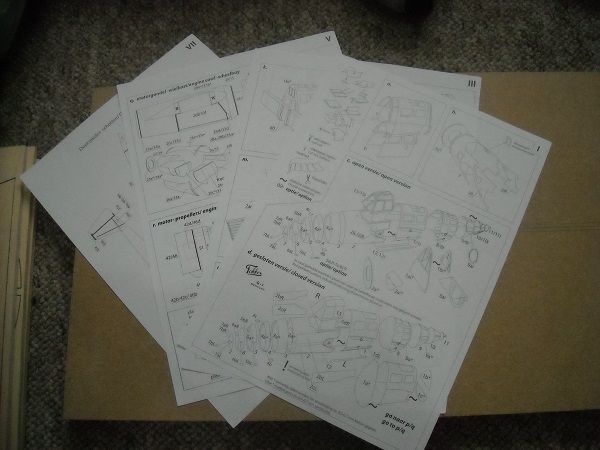
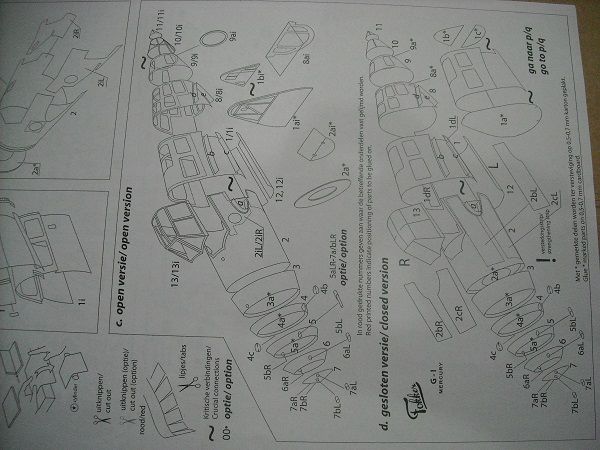
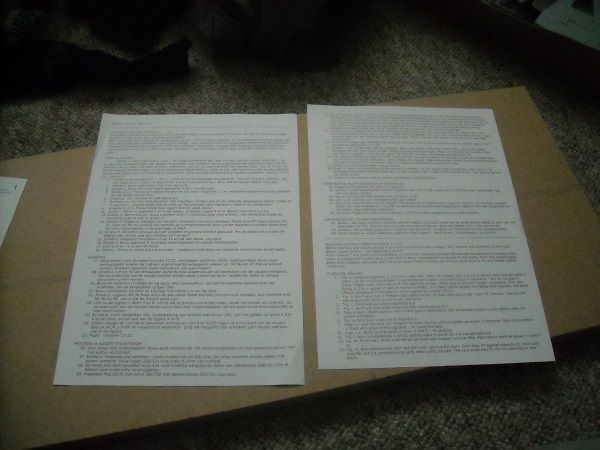
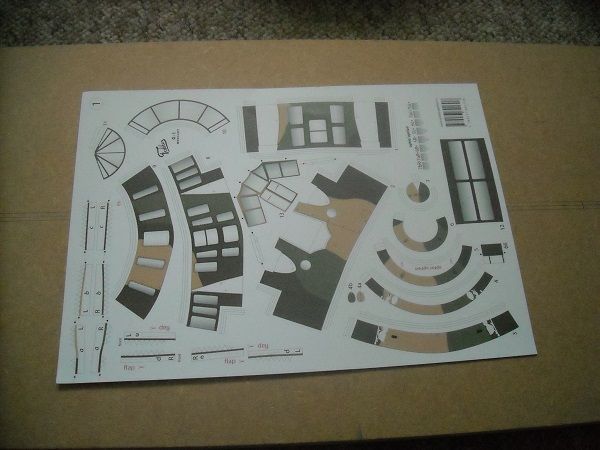
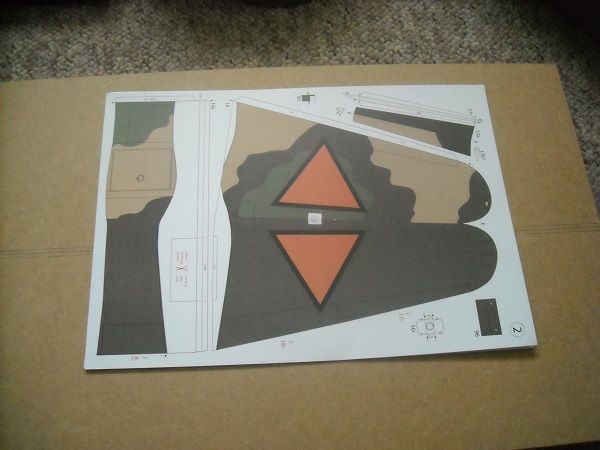
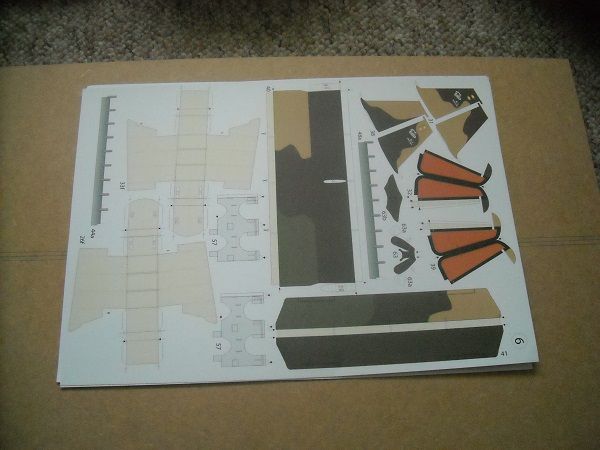
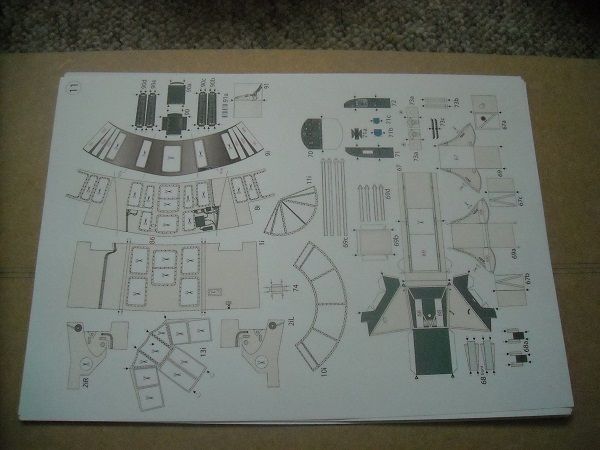
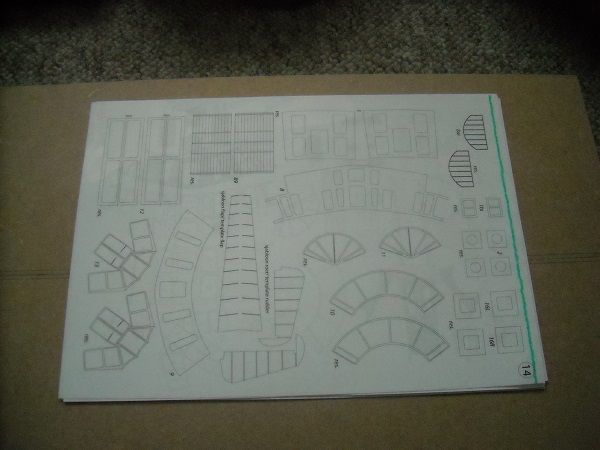
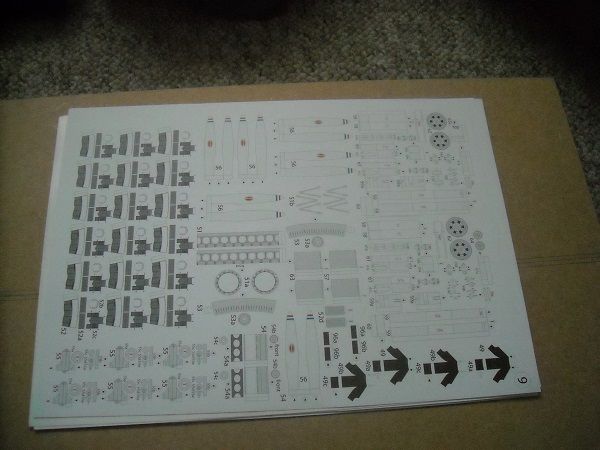
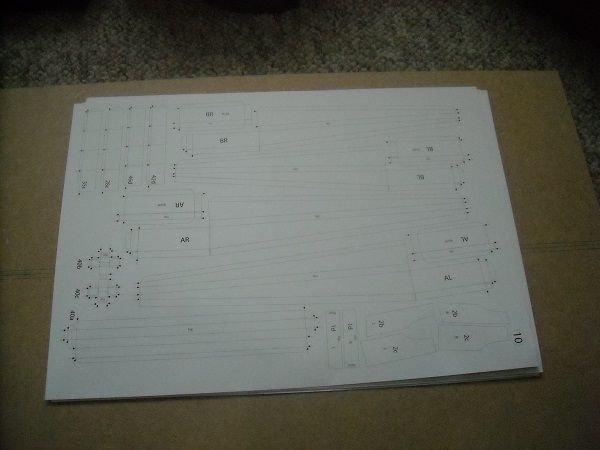
Enough to whet my appetite!

Adrie.
'Where to glue or where not to glue, that is the question'
Building: Hr. Ms. de Ruyter (card), Retourschip Batavia (Revell), HMS Surprise (De Agostini)
Built (and sunk): Too many to list